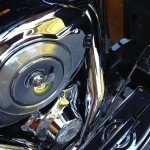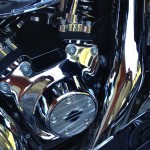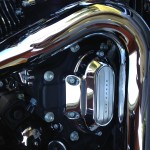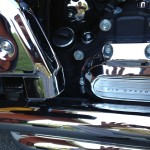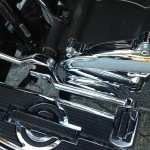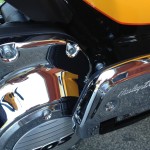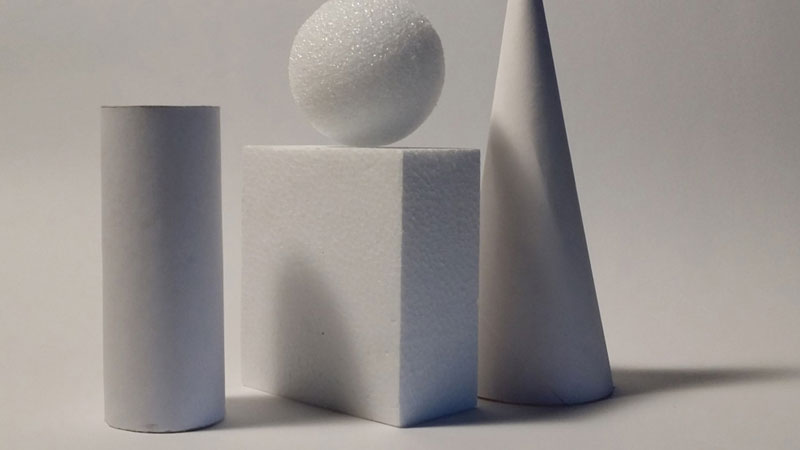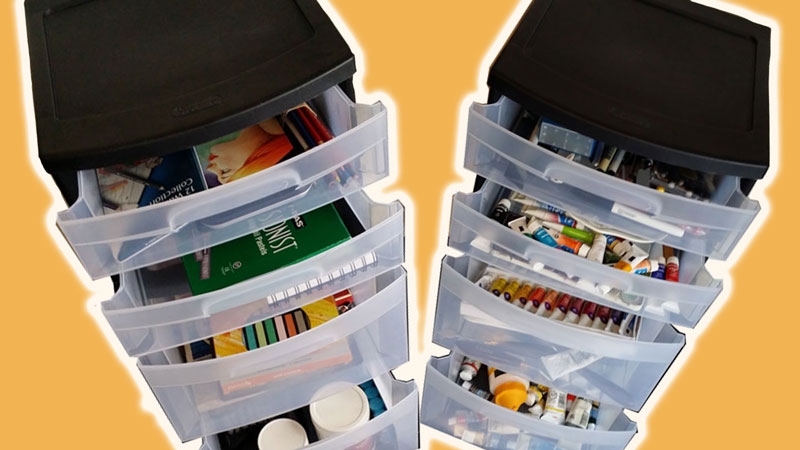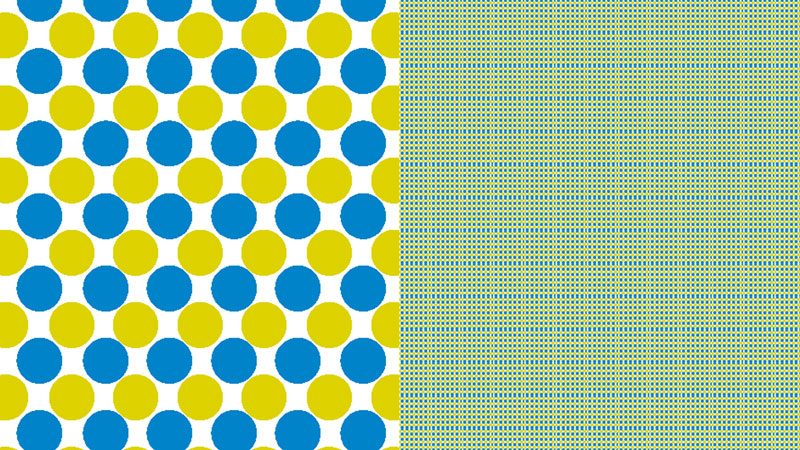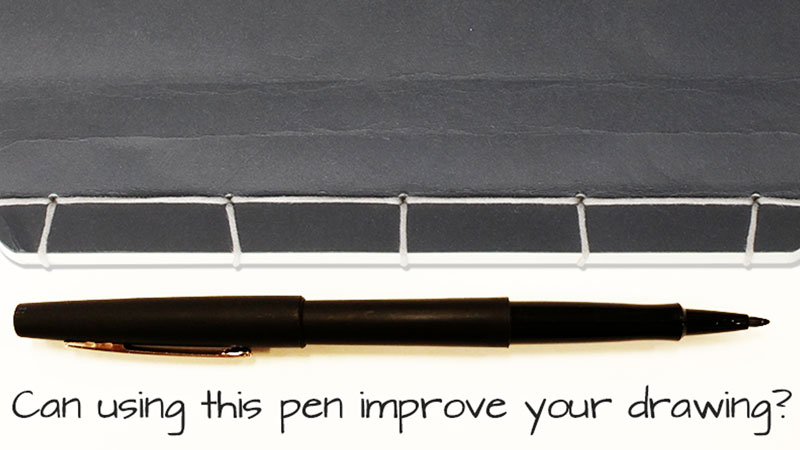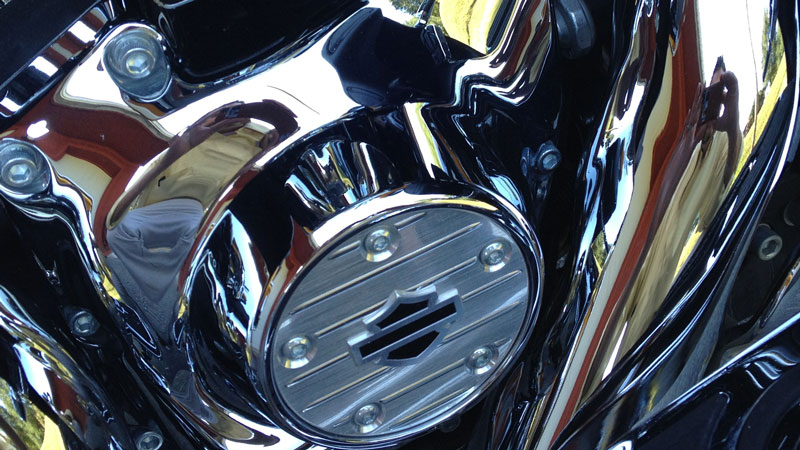
Before I pass on these challenging images, I’ll spend just a brief moment discussing the core concepts of creating the illusion of a reflective surface.
Concept One – Texture
Of course a reflective surface, or any surface for that matter, has a texture. Texture plays an incredibly important role in the success or failure of a drawing. Unfortunately, sometimes texture is completely, but inadvertently overlooked.
For a reflective surface, texture plays a huge role. The ultimate goal should be to create simulated texture, which refers to the actual texture on the object. This is the observed texture.
So, what’s the key to creating the illusion of texture on a flat surface?
The key is value.
Value is the darkness or lightness of a color. Value is one of the seven elements of art and I’ll argue with anyone that it is the most important one of all.
Value is responsible for how we perceive light and how we understand objects. You can read more on value here.
It’s the arrangement of values (darks and lights) which ultimately leads to texture that we perceive in a drawing.
With a highly reflective surface, the value contrast is important. Typically, dark values can be found right next to lighter values. Often these divisions are abrupt with a defined light between the darks and the lights.
Get these abrupt changes in value in your drawing and define them with a strong line and you’re half way there.

Concept Two – Reflection is Just That – “A Reflection”
When many people look at reflective metal, they immediately think that they are seeing grays. And while they may be seeing some grays, what is really observed is a reflection. Therefore, it is the reflection that should be drawn. Depending on what objects are reflected, a variety of colors may be present.
What is reflected is what should be drawn.
There may be grays that are seen, but often on closer inspection, it is the colors of the objects around the metal.
Concept Three – Distortion
The form of the object itself will affect the manner in which the reflection is viewed. Typically, this means distortion.
This distortion will manifest according to the contours of the object. Reflected objects may be “stretched” or “squashed” and should be drawn to reflect this distortion.
 Now, it’s time to practice.
Now, it’s time to practice.
Here are six images that you can use to practice drawing highly reflective metal. Just remember – look for strong contrasts in value to create the texture, realize that you drawing a reflection, and distort where needed.
If so, join over 36,000 others that receive our newsletter with new drawing and painting lessons. Plus, check out three of our course videos and ebooks for free.

